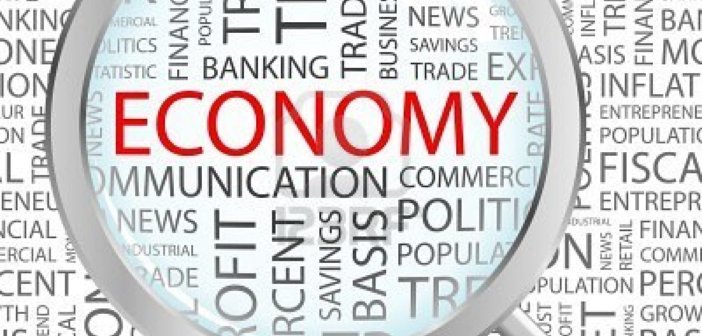(LiveMint)
The last leg of 2017 did not pan out exactly the way the Narendra Modi government would have wanted it to. It also showed the kind of policy challenges that the government will have to deal with in 2018. The goods and services tax (GST) continues to face implementation issues and distress in the agriculture sector started to reflect in electoral outcomes. Even though the latest gross domestic product (GDP) data showed that the Indian economy is recovering from the twin policy shocks of demonetization and GST, and the pace of growth is likely to be higher in 2018 than 2017, broader economic management will not be easy. This is despite the ongoing synchronized global recovery, which will help the Indian economy during the year.
The biggest challenge will be the management of government finances. Last week, the government announced that it would go in for additional market borrowings of Rs50,000 crore. The latest data showed that the government’s fiscal deficit reached 112% of the full-year target during April-November 2017. Most analysts now expect the government to breach the fiscal deficit target of 3.2% of GDP in the current year. Since there is still a fair bit of uncertainty in terms of revenue shortfall on account of GST, the extent to which it will miss the target will only become clear in coming weeks. This also makes the outlook for next fiscal uncertain. The decline in GST collection for December indicates that the system is likely to take more time to stabilize.
Further, the problem may not remain limited to revenue. The government has indicated that the next budget will focus on rural India. Voting patterns in the recently concluded Gujarat election and the ensuing commentary suggest that the government will have to do something for the agriculture sector. Politically, this will also be important for the ruling Bharatiya Janata Party because of crucial assembly elections during the year. Preparations will also start for the general election. Increase in expenditure will add to the pressure on government finances in the next fiscal.
Therefore, the challenge for the government will be to find a balance where it is able to address problems in the agriculture sector, which are genuine and need attention, with the minimum possible fiscal slippage. It will need to work on multiple fronts to keep finances in control. First, it will immediately need to work to stabilize the GST system. Better visibility on the revenue side will also help in managing expenditure. Second, the government has done reasonably well so far this year on the disinvestment front. It should aggressively use this option to overcome temporary glitches on the revenue side and maintain the momentum on capital expenditure. Third, the government will need to continue to move forward with reforms in order to improve the ease of doing business. India managed to move up 30 notches in the World Bank’s doing business rankings in 2017. Continued progress will increase economic activity, which will also help in generating revenue.





